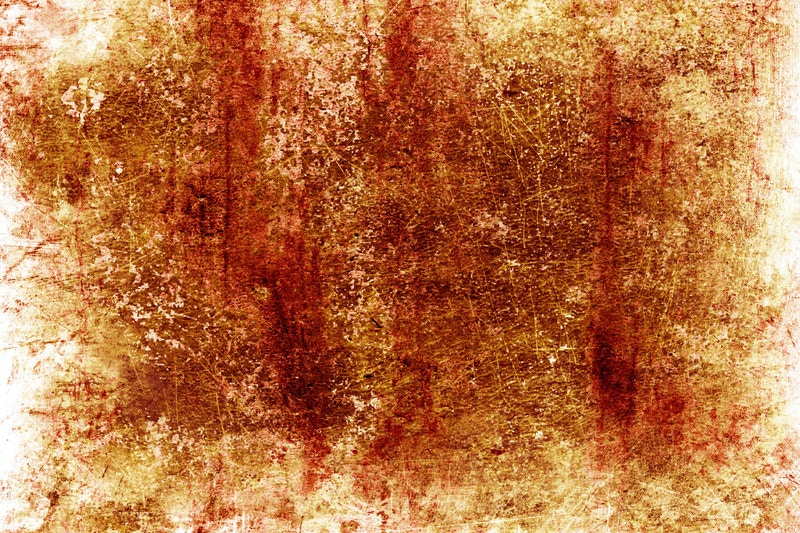The Double-Edged Sword of Web Design Portfolios


Your portfolio is a snapshot of your creative life. It’s the highlights and achievements of your career up to this point in time. It’s how you answer when someone asks, “So what do you do?” But in today’s massively interconnected and trending world, web design portfolios have to more than tell. They must show.
Obviously, past projects are important components to any portfolio. Prospective employers want to know what you’ve studied, who you’ve worked with, and what kind of final project you can produce. These components are simliar to the components in any boring, static, stapled cover-sheet-and-resume.
The major difference—and advantage—of web and graphic design portfolio examples is that the format itself can be part of the portfolio. The way you depict your contact information, your cover letter, and your past performances can (and should) be interactive and engaging. Web design portfolios themselves can speak volumes as to the creative power of the individual, regardless of what the content is.
In the world of graphic design and web design, static resumes are dead. The people that will hire you want to see firsthand what you’re capable of, in the thick of it. In some ways it’s liberating, to be able to control so much of the layout and design of your portfolio, but in other ways, it can be daunting, since those very choices will also be taken into consideration when deciding whether or not to give you a job.
Never treat your portfolio any different than you would a live project for a client. Apply your aesthetics, your sensibilities, and above all, your style to the entire work, and it will communicate exactly what you want it tto communicate to a prospective employer.